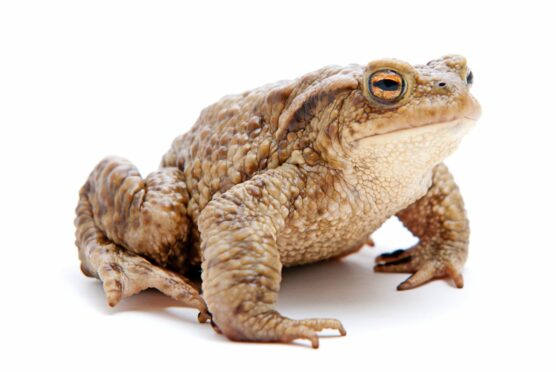
Forestry and Land Scotland hope to make a huge leap for the amphibian population by planting woodland on an old opencast coal mine in Fife in an effort to provide dwindling populations with artificial hibernation homes.
While the UK’s frog population is thriving, other amphibians such as the great crested newt and the common toad have seen their populations endure steady decline, with the later having lost 68% of its population over the last 30 years.
Deterioration of habitat is seen as the biggest threat, but the creatures are naturally attracted to the ponds and wetlands that are commonly found on old opencast mining sites across Scotland.
This inspired Forestry and Land Scotland to redevelop such sites as future woodlands, by planting a variety of tree species and shrubs to encourage amphibian populations to move in and thrive.
Juli Titherington, Forestry and Land Scotland’s Central Region Environment Advisor said: “Habitat fragmentation, the draining of ponds and wetland areas and a lack of suitable habitats are all factors in the continued decline in creatures such as toads and newts. By giving them a helping hand we can aid their recovery in the short term while the new woodland establishes to create natural hibernacula.”
Forestry and Land Scotland said the project is great way to repurpose unused ground. “We’ve purchased these ex coal mining areas and we’ve restored them ecologically by tree planting. It’s not just great for the amphibians, the areas are now open to the public to go and walk and cycle and enjoy these spaces.”

Enjoy the convenience of having The Sunday Post delivered as a digital ePaper straight to your smartphone, tablet or computer.
Subscribe for only £5.49 a month and enjoy all the benefits of the printed paper as a digital replica.
Subscribe